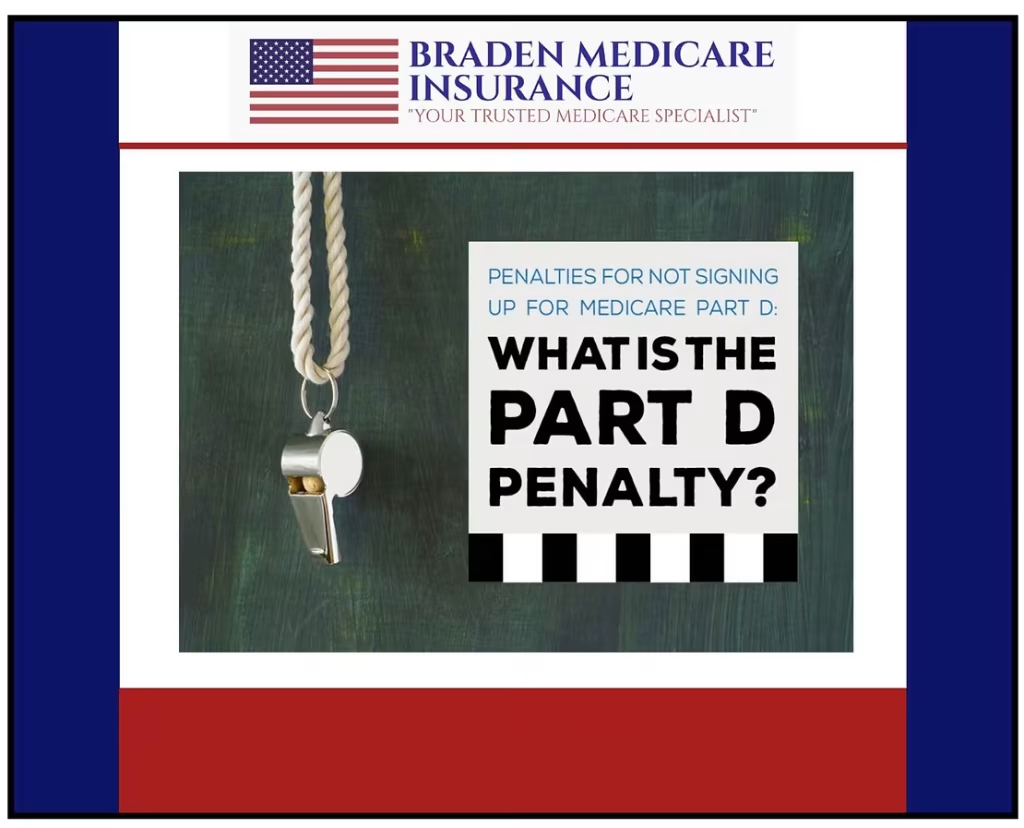An Elderly Medicare Beneficiary is Consulting With Her Doctor and asking how she can find the best Medicare Part D Drug Plan.
Choosing a new Medicare Part D Prescription Drug plan can be overwhelming, especially when considering its crucial role in managing healthcare costs. In 2023, Medicare beneficiaries will have access to a variety of prescription drug plans that can help cover the costs of medications, but the options can be confusing. Armed with the correct information, you can choose a plan that fits your specific health needs and budget.
HELPING YOU TO UNDERSTAND MEDICARE PDP PLANS
Prescription drug plans help cover the costs of medications not included in original Medicare. They are offered by private insurance companies that contract with the Medicare program. These plans may come with various premiums, deductibles, and copayments. It’s essential to understand how these different components work to select the most beneficial plan.
- Premium: This is a monthly fee you pay to maintain the plan, which can vary significantly depending on the plan.
- Deductible: This is the amount you must pay out-of-pocket before your plan starts to cover your prescriptions.
- Copay/Coinsurance: After you meet your deductible, you may still be responsible for a portion of the prescription cost, either as a flat fee (copay) or a percentage of the total (coinsurance).
Choosing a plan isn’t as simple as selecting the one with the lowest premium; it requires assessing your individual needs and medication costs to determine the best option for you.
IMPORTANT POINTS TO CONSIDER WHEN YOU ARE LOOKING FOR A NEW MEDICARE PART D PRESCRIPTION DRUG PLAN
When selecting a Medicare Part D plan, consider the following factors to ensure it meets your requirements:
MEDICATION COVERAGE/FORMULARIES
Before enrolling in a plan, review the formulary, which is the list of medications the plan covers. Ensure the medicines you currently take—or may need in the future—are included. For example, plans may differ on coverage for specific brands versus generics.
PHARMACY NETWORKS
Most Part D plans have a network of preferred pharmacies where you can save on drug costs. Ensure the plan you choose includes pharmacies that are convenient for you. Using an out-of-network pharmacy can lead to higher out-of-pocket costs.
COSTS
Look beyond the premium. Calculate your expected annual costs, which include premiums, deductibles, copayments, and any other out-of-pocket expenses. You can use the plan finder tool on Medicare’s website to get an estimate based on your specific medications.

Braden Medicare Insurance Poster Showing An Image Of A Pharmacy. Reminding Beneficiaries That They Will Only Get The Lowest Price For Their Prescription Medications When They Use Their Plan’s Preferred Pharmacies.
WHAT ARE MEDICARE PART D STAR RATINGS
Medicare rates Part D plans using a star system, ranging from one to five, with five being the highest rating. Consider the star ratings when comparing plans, as they reflect the quality of service and member satisfaction.
HOW MANY DIFFERENT TYPES OF MEDICARE PART D PLANS ARE THERE?
There are two primary types of Medicare Part D plans available:
- Standalone Prescription Drug Plans (PDPs): These plans cover only medications and are typically added to a Medicare Advantage plan. PDPs can be a good option if you want to keep your original Medicare benefits and need drug coverage.
- Medicare Advantage Plans with Drug Coverage (MA-PDs): These plans combine Medicare Part A and B benefits into one plan, along with prescription drug coverage. If you choose this route, you generally must use providers within the plan’s network, except in emergencies.
When choosing between these options, think about the benefits you need, as well as whether you prefer a separate prescription drug plan or an all-in-one package.
MEDICARE PART D ENROLLMENT PERIODS
Timing is crucial when enrolling in a Medicare Part D plan. Understanding the enrollment periods can help you avoid late penalties and ensure you have coverage when you need it.
- Initial Enrollment Period (IEP): This is a seven-month period surrounding your 65th birthday, during which you can enroll in a Part D plan without incurring penalties.
- Annual Enrollment Period (AEP): This happens from October 15 to December 7 each year, allowing you to enroll in or switch your Part D plans.
- Special Enrollment Period (SEP): Certain life events, such as moving or losing other health coverage, can allow you to enroll or change plans outside of the regular periods.
Failing to take action during these times can result in delays in coverage and unnecessary out-of-pocket expenses.

Braden Medicare Insurance: What Is The Medicare Part D Penalty Poster?
HOW TO GET THE MOST FROM YOUR MEDICARE PART D PRESCRIPTION DRUG PLAN
After you’ve chosen a Medicare Part D plan, here are some recommendations to use your benefits effectively:
- Stay Connected with Your Healthcare Provider: Regularly communicate with your doctor about your medications and any changes to your health. This ensures they’re prescribing the most effective drugs at the best prices.
- Utilize Preventive Services: Some Part D plans offer additional benefits for preventive drugs, such as those for cholesterol or hypertension. Take advantage of these to maintain your health.
- Review Annually: Your needs may change, and so may the plans available to you. Annually review your coverage options during the AEP to ensure you still have the best plan for your needs.
- Use the Medicare Plan Finder: Regularly check the Medicare Plan Finder online for updates. This tool provides updated information on available plans and their associated costs, enabling you to make informed decisions.
WRAPPING THINGS UP
Choosing the right Medicare Part D plan is pivotal to your healthcare strategy. By understanding the components, evaluating your options, and staying informed, you can select a plan that not only meets your medical needs but also minimizes your costs. Don’t hesitate to seek help from Medicare experts if you’re unsure; getting personalized advice can deconstruct the complexities of the system and lead you to more confident decisions.
By taking the time to evaluate your options yearly, you can ensure your prescription drug coverage remains optimal for your changing health needs.




